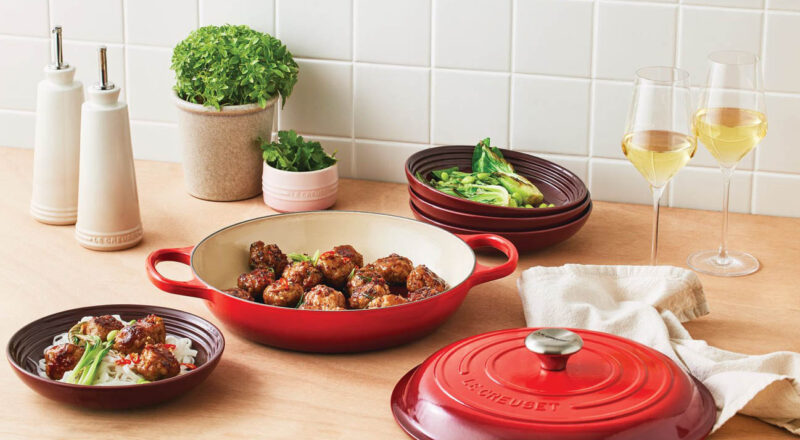Seasoning a cast iron braiser is a time-honored tradition that enhances the cooking experience by building a natural, non-stick layer. If you’re wondering about the best oils for seasoning cast iron braiser, you’ve come to the right place. Knowing the right oils to use can make all the difference in maintaining the quality and longevity of your cookware.

Understanding the Importance of Seasoning
Seasoning is more than just a protective barrier for your cast iron braiser. It enhances the flavor of your dishes and provides a naturally non-stick surface, making cooking and cleaning a breeze. But what exactly is seasoning?
What is Seasoning?
Seasoning involves applying a layer of oil to the surface of the cast iron and heating it until it polymerizes, creating a hard, plastic-like coating. This coating is what gives cast iron its unique properties.
Choosing the Best Oils for Seasoning
Not all oils are created equal when it comes to seasoning your cast iron braiser. Here are some of the best oils for seasoning cast iron braiser to consider:
Flaxseed Oil
Flaxseed oil is often touted as the top choice for seasoning cast iron. It has a low smoke point, which allows it to polymerize more effectively, creating a durable coating. However, it’s important to apply it in thin layers to avoid a sticky residue.
Canola Oil
Canola oil is a popular alternative due to its high smoke point and affordability. It offers a neutral flavor, ensuring it won’t affect the taste of your dishes.
Grapeseed Oil
Grapeseed oil is another excellent choice, known for its high smoke point and light texture. It helps create a smooth, even layer of seasoning.
Vegetable Oil
Vegetable oil is widely available and cost-effective. It works well for seasoning, but make sure to use it sparingly to avoid a sticky buildup.
How to Season Your Cast Iron Braiser
Once you’ve selected the best oils for seasoning cast iron braiser, it’s time to begin the seasoning process. Follow these simple steps:
Cleaning the Braiser
Before seasoning, clean your cast iron braiser thoroughly to remove any residue. This ensures that the oil adheres properly to the surface.
Applying the Oil
Use a paper towel to apply a thin layer of your chosen oil to the entire surface of the braiser, including the handle and lid. Make sure it’s evenly coated.
Heating the Braiser
Place your braiser in the oven upside down and heat it at 350F (175C) for about an hour. This allows the oil to polymerize and bond with the iron.
Cooling and Repeating
After heating, let the braiser cool in the oven. For optimal results, repeat the process several times to build up a strong, non-stick layer.
Maintaining Your Seasoned Cast Iron Braiser
Once you’ve seasoned your braiser, proper maintenance is key to preserving its non-stick surface. Here are a few tips:
1. Avoid using soap when cleaning; instead, use hot water and a stiff brush.
2. Dry your braiser thoroughly to prevent rust.
3. Lightly oil the surface after each use to maintain the seasoning.
Common Mistakes to Avoid
Even seasoned cooks can make mistakes when it comes to seasoning cast iron. Here are some pitfalls to watch out for:
Using Too Much Oil
Applying too much oil can lead to a sticky residue. Always use a thin layer and wipe away any excess.
Not Heating Properly
Ensure your braiser is heated at the right temperature and for the correct duration to allow the oil to polymerize effectively.

FAQ
1. How often should I season my cast iron braiser?
It’s recommended to season your braiser every few months or whenever the surface appears dull or food starts sticking.
2. Can I use olive oil for seasoning?
While olive oil can be used, it’s not ideal due to its low smoke point. It’s better suited for cooking rather than seasoning.
3. What should I do if my braiser rusts?
If rust appears, gently scrub it off with steel wool and re-season the braiser. Regular maintenance will help prevent rust from forming.
For more detailed information on maintaining and using your cast iron braiser, visit Made In Cookware.
Explore more about cast iron cooking and care by visiting our other articles, such as how to store a cast iron braiser and tips for cooking chicken in a cast iron braiser.
This article contains affiliate links. We may earn a commission at no extra cost to you.

